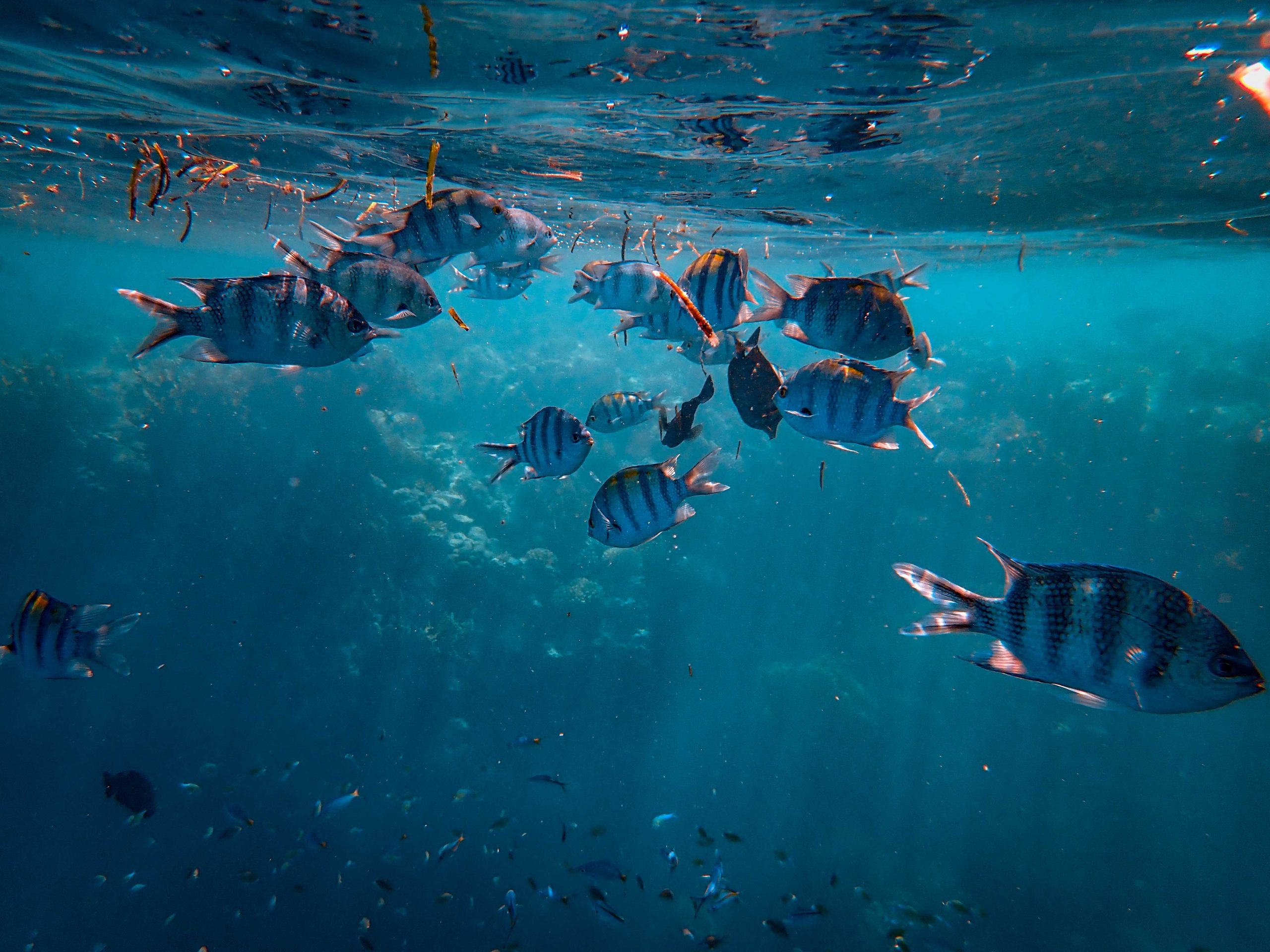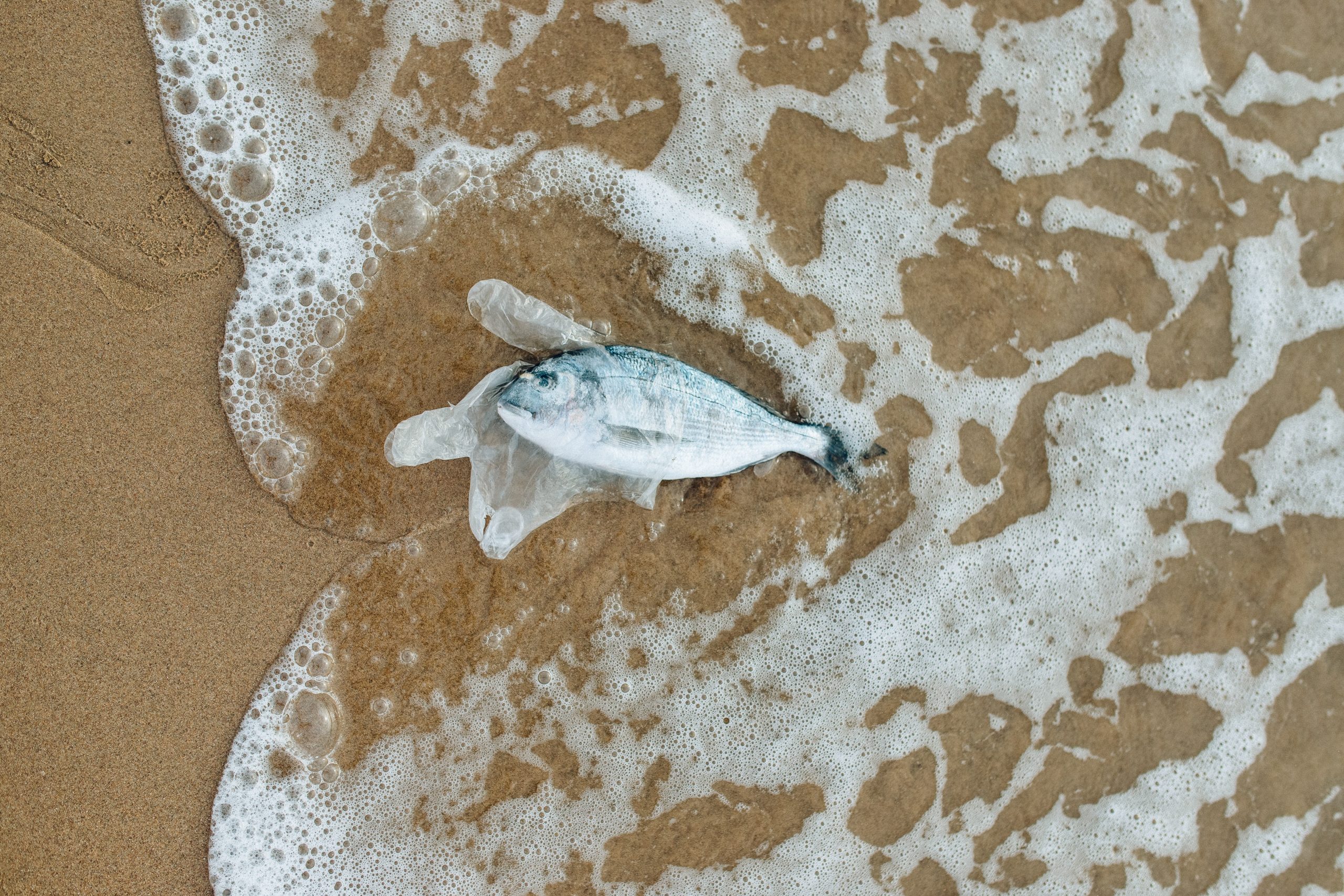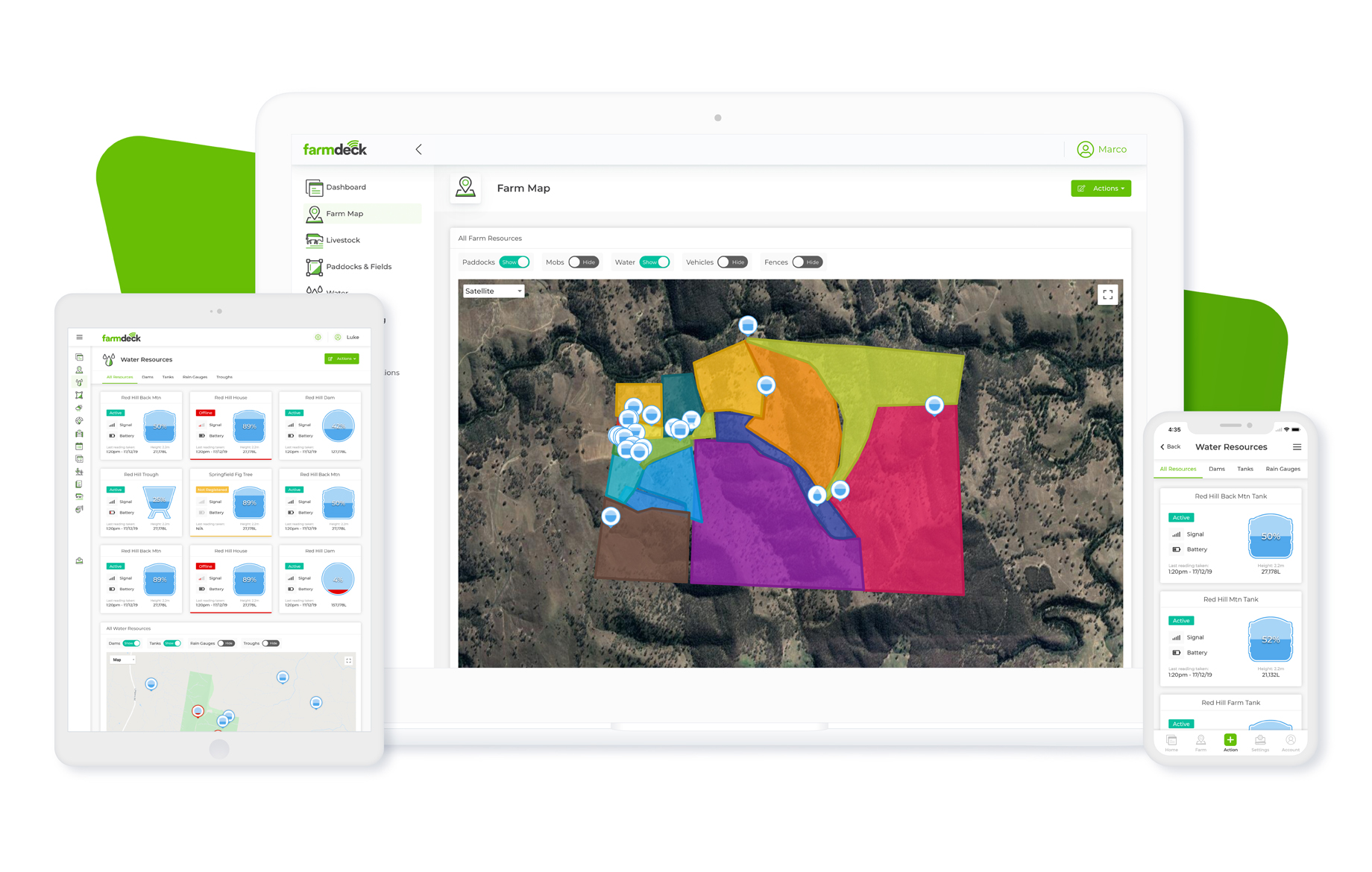The number of fish being consumed globally has risen dramatically.
According to Euronews, we are consuming 144 million tonnes of fish a year, making this more than twice the amount of fish that we were eating fifty years ago. This means that not only are certain fish species reducing at a rapid rate, ocean ecosystems are also being damaged as a result.

E-fish-ency and sustainability
Aquaculture is very much akin to agriculture, but is used instead for marine life. Aquaculture can involve either fish farming or wild-caught fish. Farm-raised fish are increasing in popularity, it allows the fish to be grown in a net where they can be monitored and bred in a controlled environment – much like having pens on farms, schools of fish are contained in large circular nets. Aquaculture is possible to conduct on land too, as long as there is saltwater.
Wild-caught fish on the other hand, are a lot healthier for human consumption but can be a threat to the health of our oceans as well as wild fish populations. Fish are caught in nets and dragged away from their habitat, disturbing not only themselves but also other marine life surrounding them.
With seafood farms, we are able to reduce and minimise the number of fish being consumed and ocean ecosystems being damaged. Aquaculture is slowly replenishing these fish populations, in between 1990 to 2018 the growth rate increased to 537%.
Not only does can aquafarming benefit the environment, but also the economy. The Australian Department of Agriculture, Fishers and Forestry states that in between 2019 to 2020, more than 10,000 people were employed in wild-catch fisheries and 7,000 join the aquaculture sector.

Walking the plank-ton
In some cases, aquaculture could potentially do more harm than good with some ethical issues taken into account. Similar to standard agriculture, aquaculture involves the use of pesticides which can be harmful for the fish, but also the fish can be prone to toxicity if the nets are not cleaned properly and there are remaining fish feed pellets or even fish waste. In addition, although aquafarming greatly benefits the environment, sometimes it can be quite damaging as some mangroves are removed to make room for fish farms.

Stay afloat with Farmdeck
Are you interested in creating a sustainable smart farm, but not sure where to start in your sustainability journey? Our team at Farmdeck is consistently developing and improving our products, including multi-purpose farming devices to make your farming life easier. Farmdeck has an all-in-one tool including water level and quality monitoring, rainfall monitoring, and so much more.
Farmdeck’s Water Level Monitoring feature allows you to track your water quality, water level history, and receive alerts when there is a fault in your tanks, troughs, or dams. With the Farmdeck app, you can gain visibility of all your water sources in real-time to save you the trouble of making tiresome water runs.
Reach out to us today, so we can help you build an efficient and sustainable farm.
